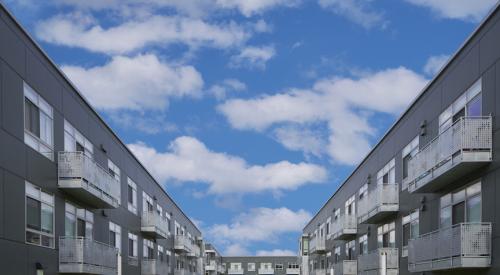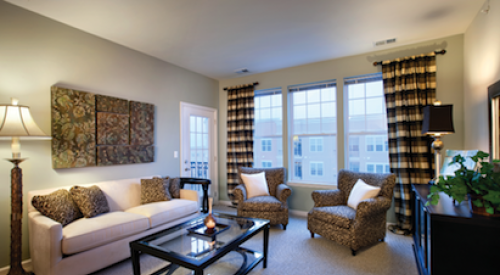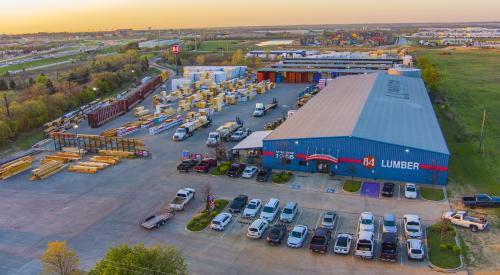Building and rebuilding cities is necessary to attract and retain young, creative workers. A panel assembled by the Urban Land Institute discussed the importance of these workers and how they enhance cities economically and culturally. In order to attract these creative people, cities must establish an environment that is open to diversity, has an active nightlife and provides many different modes of entertainment. Needless to say, cities also need appropriate housing, and builders need to keep their eyes on the cities to take advantage of great opportunities.
Richard Florida, Heinz Professor of Economic Development at Carnegie Mellon University and author of the book The Rise of the Creative Class and How It's Transforming Work, Leisure, Community and Everyday Life was a speaker on the panel at ULI's Spring Council Forum in New Orleans. He believes that focusing solely on the traditional family is hurting the economy of many cities. He writes that cities should start focusing on what he calls the "creative class." The creative class is a highly educated and well-paid part of the work force, and economic growth is dependent upon this class. These people - in careers including technology, entertainment, finance and journalism - do not know they are a class, but they value individuality and creativity. And they are attracted to places that are different, where different people can fit in.
"The most important component is creating an environment that is unique," says Christopher Greenfield, panelist on the forum and president and CEO of the Downtown Community Alliance in Des Moines. "Not necessarily one that is artistic, but one that is different."
According to Florida, the creative class wants to live in a place that excites them and appears visibly creative. They enjoy being outdoors, so bike paths, parks and sidewalks attract them, as do art galleries, theaters, music venues and a variety of employment opportunities.
"The larger the diversity of activity, the more marketable your space. Mix in recreation with office space, a residential area, and retail and restaurants," said Greenfield.
Florida uses Austin, Texas, as an example of a city that attracts the creative class and is therefore prospering economically. Austin's population has doubled in the past 10 years, and many young, creative people move to Austin right out of college, because of its ethnic and cultural diversity.
Greenfield explains that there is a large shift from industry production to intellectual pursuits. Builders must accommodate that type of worker by creating an exciting place that is intellectually challenging. Other workers are often drawn to the type of atmosphere the creative class fosters. By building to appeal to the creative class, you are also appealing to a variety of people.












